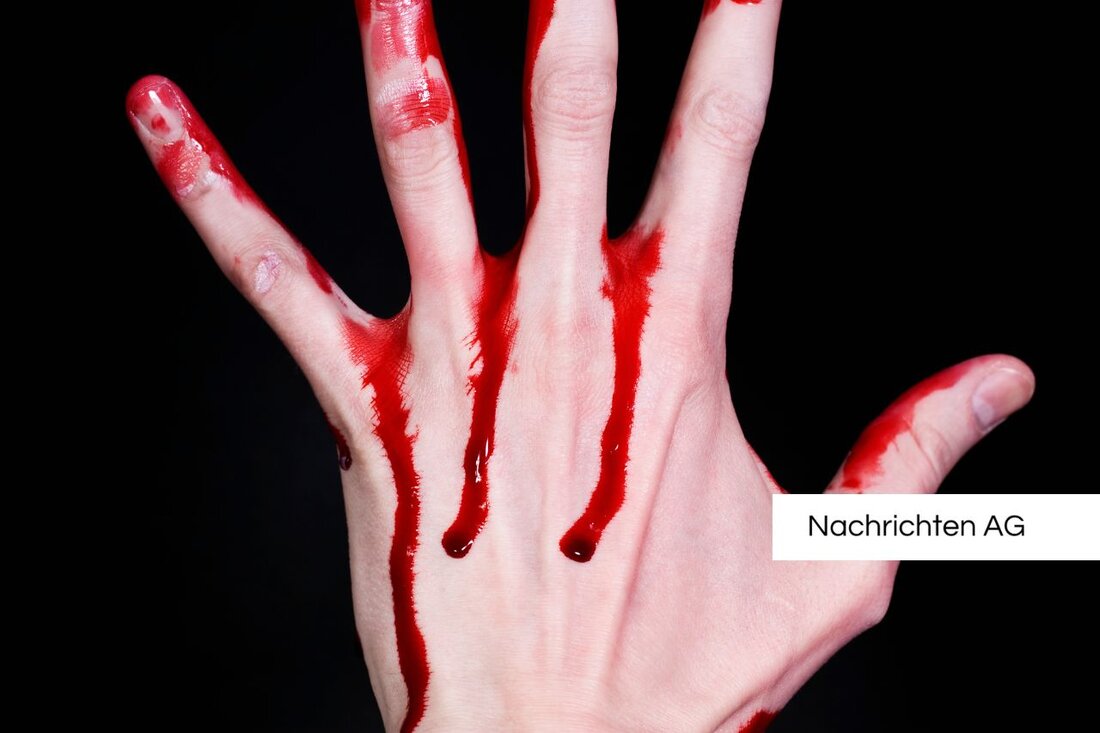Revolutionary breathing analysis: Children surely monitor children at general anesthesia!

Revolutionary breathing analysis: Children surely monitor children at general anesthesia!
In an innovative pilot study,researchers from the University of Basel have presented a new method for dosing anesthetics in children. The study published in the journal "Anesthesiology" examines the opportunity to dose anesthesia for children more precisely by analyzing the breathing air. Led by Prof. Dr. Pablo Sinues comprised the research team ten children who needed surgery under general anesthesia. The results could be significant progress for anesthesia in young patients.
The problem of dosing anesthetics such as Propofol, which has been used for over 30 years, is well known. The optimal use of this anesthetic has great challenges because the dosage heavily depends on factors such as height, weight, gender and age. Common methods for monitoring anesthesia are based on indirect conclusions through vital signs, movements and brain activity. Blood samples for measuring the propofol concentration, on the other hand, are time -consuming and do not offer timely feedback on the medication effect.
new technologies for breathing analysis
The research team developed special measuring devices for analyzing metabolic products and medication in the breath. These devices could significantly improve the monitoring of anesthesia. During the study, breathing and blood samples were taken from the participating children every 30 minutes. The breathing air samples were collected in plastic bags and then examined in the laboratory with mass spectrometry. The results showed that both the active ingredient propofol and its degradation products could be reliably detected in the breath.
The respiratory analysis also revealed oxidative stress, which is caused by anesthesia and operation, which indicates potential complications when using propofol. This new method could help recognize early warning signs and thus minimize risks for the small patients.
Future expectations and areas of application
The research team around Sinues has examined the use of breathing analyzes for diagnostics and more individual doses of medication for several years. The method could not only use children's anesthesia, but also in other medication and for older adults. Earlier studies have shown that medication for the treatment of epilepsy can also be measured in breath, which makes dosage easier.
The present pilot study is part of a larger project, supported by the Eccellenza scholarship from the Swiss National Fund. The results could have a significant influence on the practice of anesthesia by enabling a more precise, secure and effective determination of the required anesthesia.
In summary, it can be said that breathing air analysis is a promising technology to improve anesthesia monitoring in children. Innovation could revolutionize future procedures in general anesthesia and thus significantly improve patient care.For more information about the study and its results, see the reports on Vol.at href = "https://www.unibas.ch/akuell/news/uni-research/vollnarkose-bei-kinder--verbesert-ueberwachung-per-atemanalysis.html"> unibas.ch and idw-online.de .
| Details | |
|---|---|
| Ort | Basel, Schweiz |
| Quellen | |
